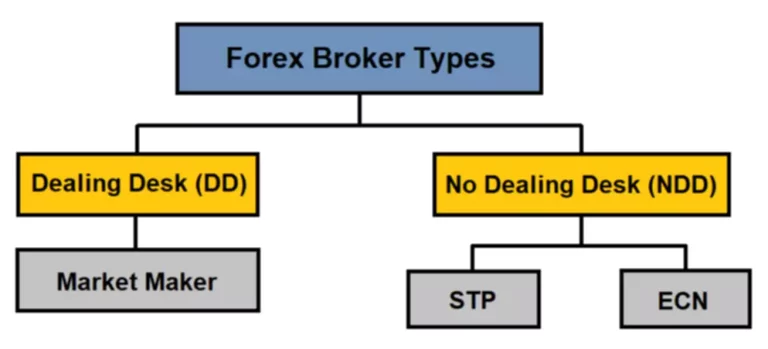Explain how the global transfer of disease in the pre-modern world helped in the colonisation of the Americas. The Bretton Woods system—which required a currency peg to the U.S. dollar and linked the value of the dollar to gold—is no longer in effect. In the 1960s, the dollar had struggled within the system set up under the Bretton Woods agreement. In 1971, President Nixon suspended its convertibility into gold. Today, currencies float against each other, rather than keeping at firm pegs. Under the Bretton Woods system, gold was the basis for the U.S. dollar, and other currencies were pegged to the U.S. dollar’s value.
It wasn’t until 1958 that the Bretton Woods system became fully functional. Once implemented, its provisions called for the U.S. dollar to be pegged to the value of gold. Moreover, all other currencies in the system were then pegged to the U.S. dollar’s value. The exchange rate applied at the time set the price of gold at $35 an ounce. Though the Bretton Woods conference itself took place over just three weeks, the preparations for it had been going on for several years.
Class 10 History Chapter 3 NCERT Solutions PDF Download
- These solutions will help you learn the facts and events easily.
- The agreement led to the formation of two institutions with specific objectives.
- (e) The relocation of industry to low-wage countries stimulated world trade and capital flow.
The Bretton Woods agreement also established institutions such as the International Monetary Fund and the World Bank, both of which continue to play an important role in the financial world today. The purpose of the IMF was to monitor exchange rates and identify nations that needed global monetary support. Today, the IMF has 190 member countries and still continues to support global monetary cooperation.
Explain the role of Bretton Woods institutions in post-Second World War settlement.
Germany, Japan, and a few other countries benefited the most. The fully negotiated monetary system of Bretton Woods was in force. The overall level of economic development indicated that the performance of the Bretton Woods System had a positive impact on several nations. They (developing nations) organised themselves into a group, G–77 (named after the original number of participating countries), to pursue a developmental agenda that would treat everyone on equal footing.
Recently Viewed Questions of Class 10 Social Science – India an the Contemporary World – II
The US dollar as the dominant currency was helping development and currency exchange balances in several participating countries. However, criticism of the system (Bretton Woods) was also building up. Some participating countries felt that the IMF and IBRD were becoming merely instruments of a strategy of the dominant country, the US, and a few other nations. The Bretton Woods System is an international financial system created to ensure exchange-rate stability, prevent competitive devaluations and encourage economic growth. As prices fell and agricultural incomes declined, farmers tried to expand production. Give two examples from history to show the impact of technology on food availability.
It was designed to promote economic stability and full employment in the industrial world. The system required countries to peg their currencies to the US dollar, which in turn was convertible to gold at a fixed price of $35 per ounce. The Bretton Woods system worked well for many years, but it began to break down in the 1960s. Within two years, it spread in the whole continent reaching Cape Town within five years. Rinderpest had a terrifying impact on people’s livelihoods and the local economy.
Planters, mine owners and colonial governments became successful to strengthen their power and to force Africans into the labour market. Though agricultural prices fell sharply, the colonial government refused to reduce revenue demands. The Bretton Woods Agreement was finalised in July 1944 at Bretton Woods in New Hampshire, USA. It established the International Monetary Fund and the World Bank to preserve global economic stability and full employment in the industrial world. These institutions also dealt with external surpluses and deficits of member nations, and financed post-war reconstructions. The end of the Bretton Woods system also had a significant impact on the global economy.
Thus, the war transformed the US from being an international debtor than international creditor. Question 1 Give two examples of different types of global exchanges which took place before the seventeenth century, choosing one example from Asia and one from the Americas. Imagine that you are an indentured Indian labourer in the Caribbean. Give two examples of different types of global exchanges which took place before the seventeenth century, choosing one example from Asia and one from the Americas. Key features of globalization include the integration of national economies into a global market, the spread of technology and information, and the rise of global supply chains and production networks.
(i) The flow of trade (trade in goods, e.g. cloth or wheat). Answer 4 (i) Faster railways, lighter wagons and larger ships helped move food more cheaply and quickly from faraway farms to final markets. It strengthened colonial government’s power and Africans were forced into the labour market which earlier they were reluctant to do due to abundance of land and livestock. The end of the Bretton Woods system was triggered by factors such as the collapse of fixed exchange rates, inflationary pressures, and the oil crisis of the 1970s. The chapter focuses on the end of the Bretton Woods system and the emergence of globalization what is meant by the bretton woods agreement class 10 as a defining feature of the global economy. Today, the U.S. dollar isn’t backed by anything, other than the U.S. government’s own ability to generate revenue.
The post-war world experienced stability and rapid growth, but the US’s finances and competitive strength were weakened by overseas involvement costs in the 1960s. The US dollar’s value in relation to gold collapsed, leading to the introduction of floating exchange rates. MNCs began shifting production operations to low-wage Asian countries, such as China, due to their low wages and low-cost structure. This relocation stimulated world trade and capital flows, leading to rapid economic transformation in countries like India, China, and Brazil. The world’s economic geography has been transformed in the last two decades, with countries like India, China, and Brazil experiencing rapid economic transformation.
(b) Rinderpest (a fast spreading disease of cattle plague) arrived in Africa in the late 1880s. It had a terrifying impact on people’s livelihoods and the local economy. It started in East Africa and soon spread to the other parts of the continent. In 1892, it reached Africa’s Atlantic coast and within five years it reached the Cape (Africa’s southernmost tip).







